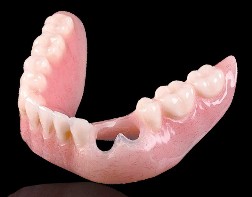Hello Dr. Hall,
I was told that my tooth #19 (lower left first molar) has a furcation involvement. I also have puffy gums and some pus and bleeding around that tooth and besides, it has a root canal. Can the tooth be saved?
– Vern
(See Dr. Hall’s answer below.)
We thank our advertisers who help fund this site.
Vern,
I’m more concerned about the pus around the tooth than the furcation involvement. Let me explain a little about each of the problems you are mentioning.
The root canal treatment isn’t a concern for the longevity of the tooth. When there is an infection in the pulp of your tooth, the pulp has to be removed and the space it occupied needs to be sealed with a root canal filling material. Yes, there can be times when the root canal treatment doesn’t work and infection will re-appear at the tip of the root. But root canal failure will be evident within the first couple of months. Once healing has occurred, the tooth will not relapse.
A furcation involvement is a situation in which gum recession or bone loss around a molar has exposed the separation between the roots of the tooth. When this occurs, it is a problem, but isn’t critical. It indicates that there has been some loss of bony support of the tooth, but the tooth may still have 80-90% of its bony support, which is enough to keep the tooth solidly retained. It also complicates your home care. The furcation, since it is protected, can accumulate plaque, so it needs extra attention for your home care. It needs to be cleaned out daily. You can get special brushes to access this. The photograph below shows furcation involvement in a lower molar and a small brush in the furcation. This small brush is attached to a handle and your dentist should be able to provide you with the brush and handle.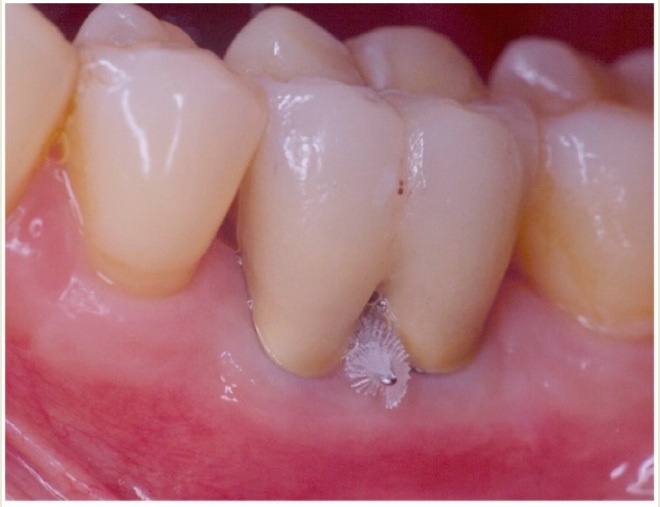
Gums will be puffy or bleed when they are inflamed, and the inflammation comes from toxins produced by plaque bacteria. It is a sign of gum disease. But it isn’t necessarily serious. We see puffiness and bleeding in the early stages of gum disease. If left untreated it will progress to the loss of your teeth. But with deep professional cleaning and conscientious follow-up with good home care, it will usually resolve.
When there is pus around the tooth, however, that indicates a more serious infection that is in urgent need of getting under control. There will be a deep pocket around the tooth where bacteria are multiplying, undisturbed. This will be impossible for you to clean with home care, and will be difficult even for a hygienist to clean. Whether or not the tooth can be saved will depend on how much bone support is left for the tooth. Sometimes surgery is needed to remove some of the gum tissue and open up the area so that you can clean it daily. But it is possible that the tooth is hopeless.
Do you have a comment or anything else to add? We’d love to hear from you. Enter your comment below. Or click here to ask Dr. Hall a question.

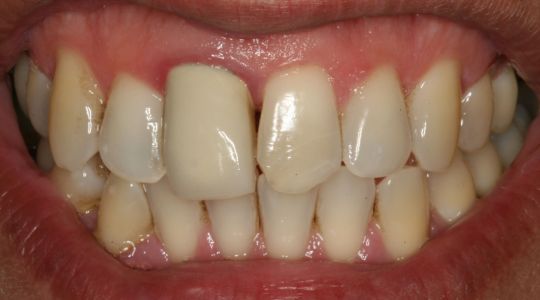
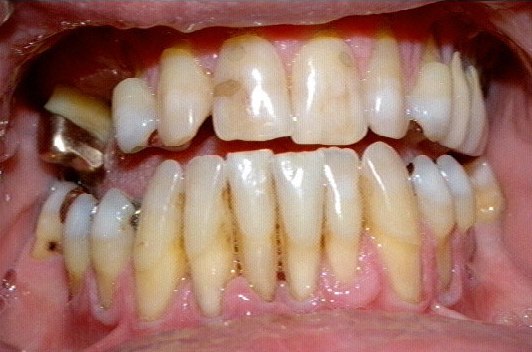
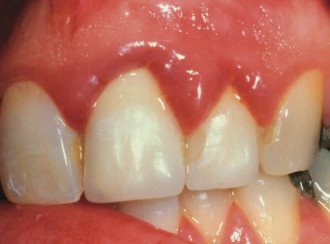 what happens when crowns are too thick. It creates a protected space where the crown meets the tooth and in that protected space, gum-disease-causing bacteria multiply freely. Microscopic food particles will get trapped there, it is impossible to clean effectively, with resulting
what happens when crowns are too thick. It creates a protected space where the crown meets the tooth and in that protected space, gum-disease-causing bacteria multiply freely. Microscopic food particles will get trapped there, it is impossible to clean effectively, with resulting 